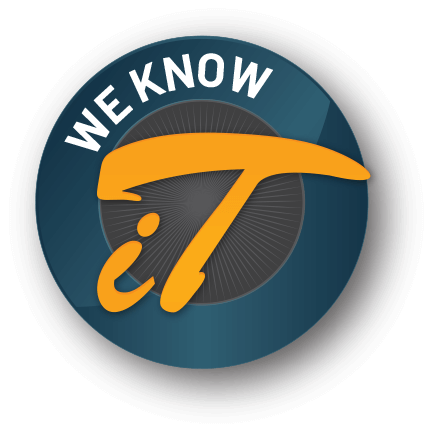Remote Monitoring Management-What Every Business Needs to Understand About This Service
Managed IT Services benefit from the use of Remote Monitoring & Management (RMM). RMM is nothing more than a set of tools uploaded to client servers and workstations to collect information and allow the service to remotely manage the client’s networks, computers, and endpoints. Activity reports are then sent to the IT service so issues can be identified and resolved in a timely manner. This Proactive Server Monitoring allows resources to be used more efficiently and enhances the performance of a company’s technical support team.
How Remote Monitoring Management Works
An agent, or small software footprint, must be deployed on a device to provide the necessary services, as the agent transmits information about the status and health of the device to the managed IT service. The service takes this information and utilizes it to ensure the device is maintained and up-to-date. In addition, the information allows the service to see if there are any issues to be addressed remotely. When an issue is detected, a ticket or alert is issued and details the problem, its severity, and more. This allows the service to prioritize issues and catch potential problems before they escalate. Technicians work on multiple devices simultaneously and no longer need to be in the same location as the devices, allowing more work to be completed in a shorter period of time.
Remote Monitoring Management Features
- Companies are able to collect information about client hardware, software, and networks with the use of the program.
- When an issue arises, the appropriate tickets and alerts may be created in the program.
- Multiple clients and endpoints can be monitored at the same time.
- Routine maintenance tasks are automated when the program is used, saving clients time and money.
- The managed IT service provider receives activity reports and data.
- Device and network health are tracked through the program.
Former Repair Methods and Their Problems
In the past, many companies made use of break/fix. This is nothing more than a fee for service approach, one in which a service provider is called in to fix any problems that arise and to handle upgrades or hardware and software installations. Unfortunately, the break/fix approach has many problems, and the following are a few that have been identified.
- Labor costs tend to be fixed even though the need for service is episodic.
- Multiple issues result in client dissatisfaction as the client loses trust in the systems they are using and the service provider.
- Minor issues often go unresolved until they become major problems because the client overlooks the issues in an effort to save money on service calls.
- Systems become outdated because they aren’t undergoing regular upgrades and updates, leaving the system more vulnerable to data breaches and other catastrophic events.
- Service providers must constantly bring in more clients to stay active and achieve their financial goals.
The Benefits of Using Remote Monitoring Management
- System failures become less of a concern.
- Site visits and their associated costs decline as the remote monitoring is offered for a set monthly fee. This helps to eliminate costly bills, allowing more reliable revenue for the client.
- Network stability is optimized with the aid of proactive maintenance and uptime increases as there are no service disruptions.
- Device lifespan increases along with device performance, client satisfaction, and loyalty.
- Issues tend to be resolved before the client is even aware of them.
- 24/7 Network Monitoring to ensure continual service.
- Enterprise-level monitoring and automation become available to companies of all sizes.
RMM Pricing
Most providers offer RMM on a flat-rate, monthly fee basis. Pricing typically depends on the number of devices to be monitored and the services desired. Furthermore, clients often have the option of adding additional services for a fee, allowing clients to choose the package which best fits their requirements. Some providers, however, choose to offer two options: either a per-user or per-device fee schedule. Both have their benefits and drawbacks that need to be considered.
Choosing a Remote Monitoring Management Service
Companies need to consider numerous factors when selecting a provider of this type. The right provider helps to ensure the long-term growth of the client’s company while providing more opportunities. Following are some things to look for as this selection is made.
- The platform must support multiple environments, such as hybrid cloud and fully virtualized infrastructures.
- Centralized leadership is of great importance, along with education, expertise, and training for clients.
- A strong network operations center complete with a robust infrastructure and technical staff enables the client to move key employees to other vital tasks.
- Routine tasks need to be addressed by the service, including those involving antivirus definition updates and patch management, so the client can focus on the growth of his or her business and its core operations.
- The platform should utilize a single dashboard to streamline tasks.
Productivity increases when one chooses to make use of remote monitoring management as the agent can easily connect to the system and fulfill client requirements even when the system is offline. There is no need for the technician to sign in to the device that is experiencing problems, and the client may continue to use the device while the work is being done. System administrators find RMM to be highly effective and a service every company should consider using.



